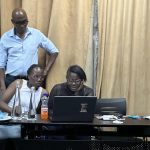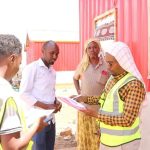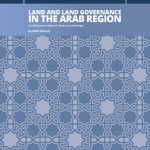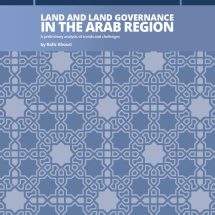GLTN proven to be relevant to land rights and tenure issues at global and national levels, and in both urban and rural contexts in a UN Habitat Evaluation report on GLTN Phase 2.
UN Habitat as the facilitating agency for GLTN, conducted an evaluation of the Network’s Phase 2 of operations between January and March 2018. During the evaluation, GLTN’s Phase 2 project performance and impact were assessed for relevance, efficiency, effectiveness and sustainability. The evaluation assessed additional factors such as participation, ownership, financial management and monitoring and evaluation.
The general findings of the evaluation indicate that GLTN’s Phase 2 successfully delivered expected results, in relation to performance indicators and targets. GLTN Phase 2 was found to address a key gap in the implementation of land policies by offering cost-effective and inclusive approaches that lead to tenure security, and by advocating the Continuum of Land Rights and Fit-For-Purpose Land Administration concepts in various global platforms.
The project’s relevance was reinforced by its consistency with the Voluntary Guidelines for the Governance of Land Tenure (VGGTs) and regional programmes such as the Africa Land Policy Initiative and the IFAD-supported TSLI-ESA programme. GLTN relevance was further strengthened by the inclusion of Land and GLTN in the New Urban Agenda, and the adoption of land-based indicators in the Sustainable Development Goals (SDGs) .
The GLTN Phase 2 has had a global impact in for the challenges of urbanization and rural-urban migration, inequitable access to land, and the displacement of communities by armed conflict or natural disasters
Based on experiences from pilots in Africa, the Middle East and Nepal, GLTN tools were found to be highly relevant for post-conflict and disaster resettlement strategies. The active promotion of GLTN Land Tools and Approaches at the country level influenced national land policies in several countries. Other successes noted include the adoption of land tenure indicators for various SDGs through the Global land Indicators Initiative- GLII. GLII continues to be central to global efforts in the tier reclassification of these indicators and globally comparable data collection and reporting.
The Phase 2 Evaluation Report thus presents the findings and provides invaluable inputs into GLTN work as the Network rolls out the GLTN Strategy 2018 – 2030. The next strategic phase (2019-2023) seeks greater buy-in to the GLTN Agenda as the network pushes for upscaled impact that delivers improved land tenure security for all.
More information:
GLTN Phase 2 - Evaluation Report Summary 3.92 MB 413 downloads
This report presents the findings, lessons and recommendations of the end-of-phase...GLTN Strategy 2018-2030 - Brief 1.20 MB 336 downloads
Our strategy 2018–2030, as described in this document, sets out how we will support...GLTN Strategy 2018 - 2030 2.20 MB 444 downloads
This document describes the Global Land Tool Network’s strategy and vision for...

